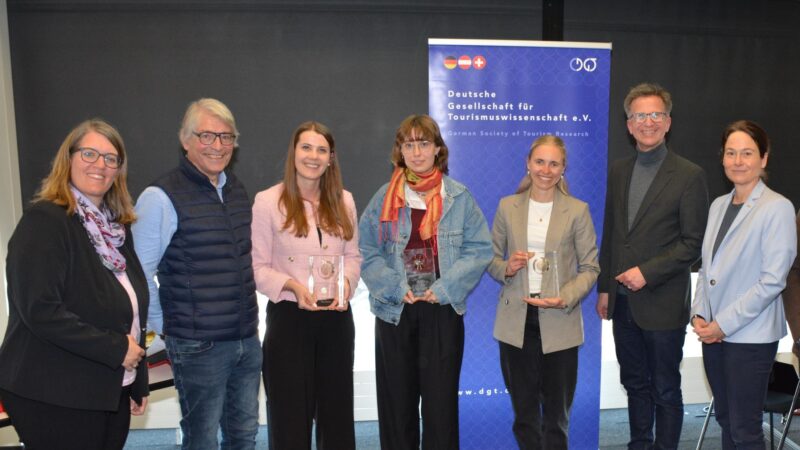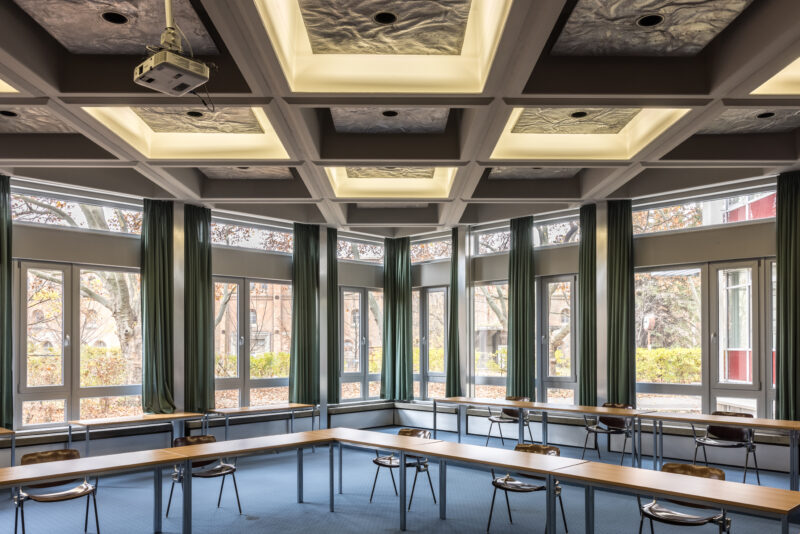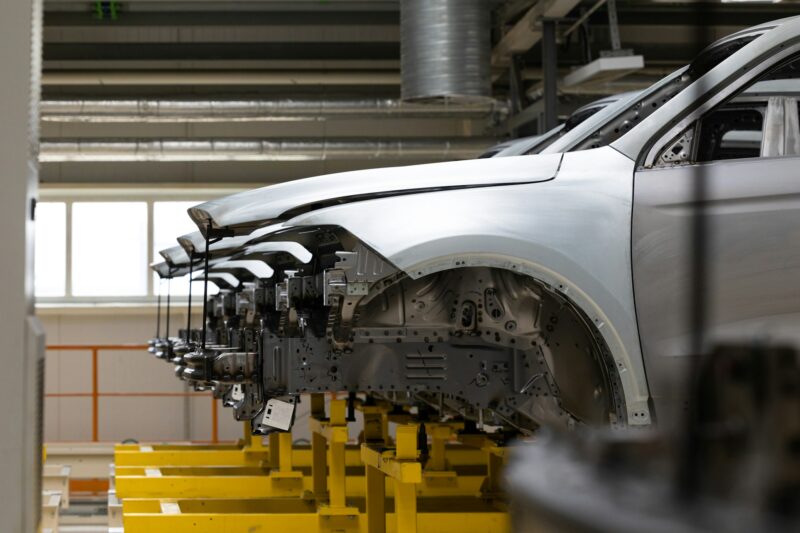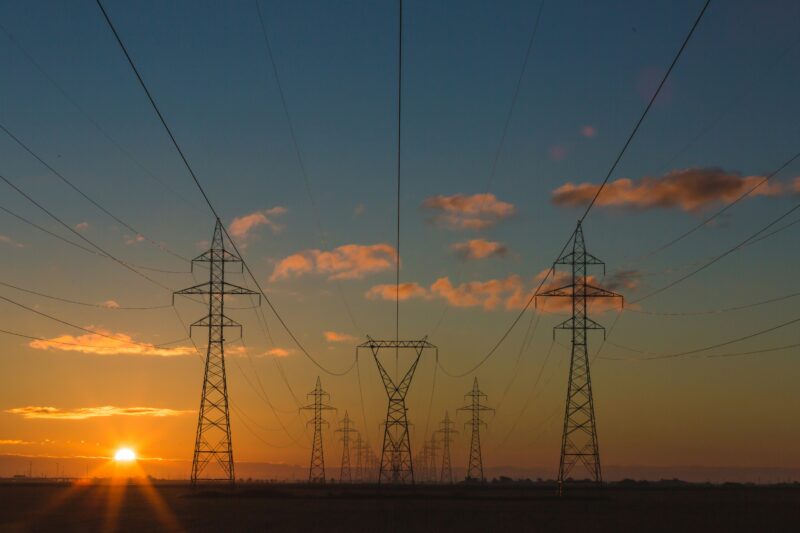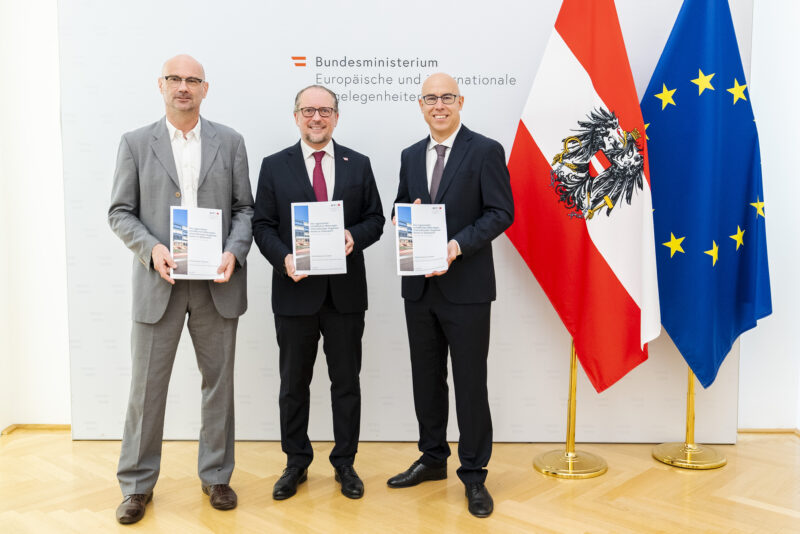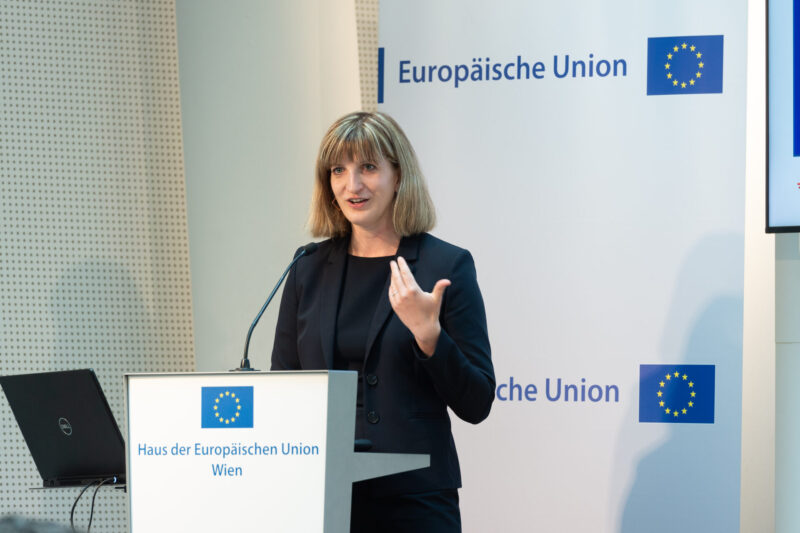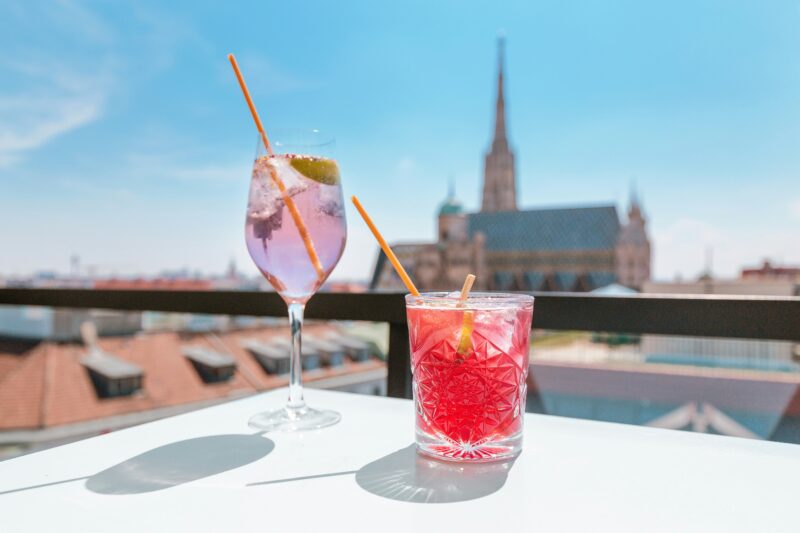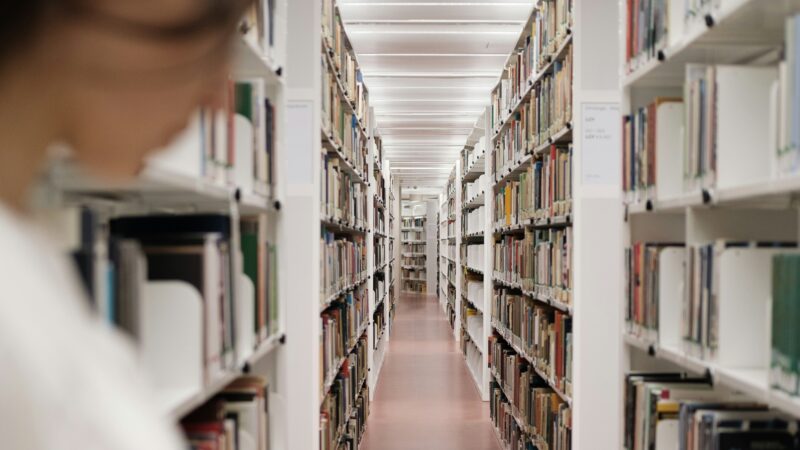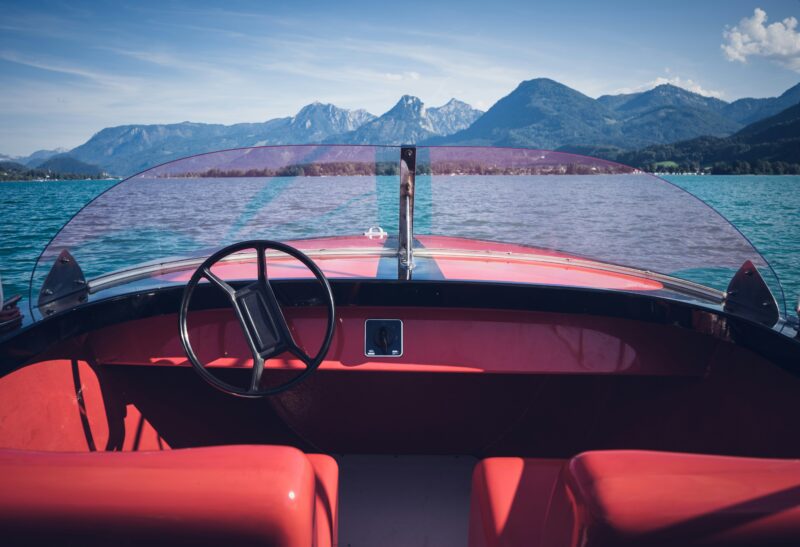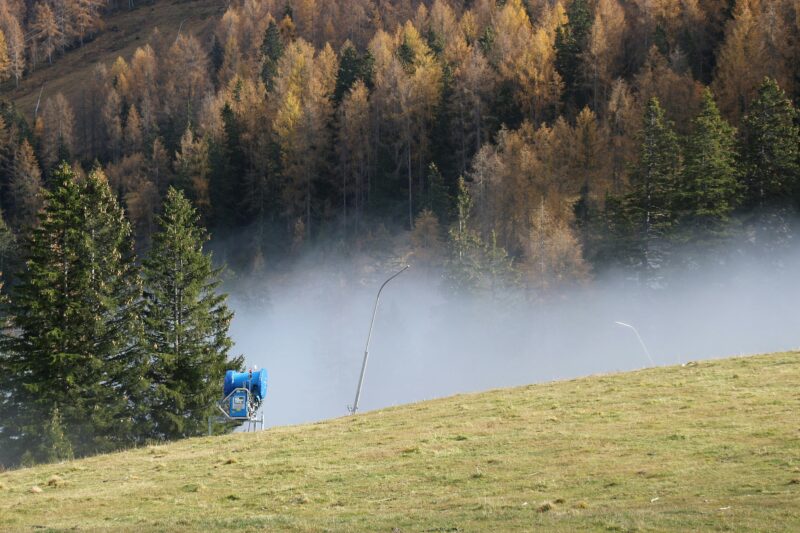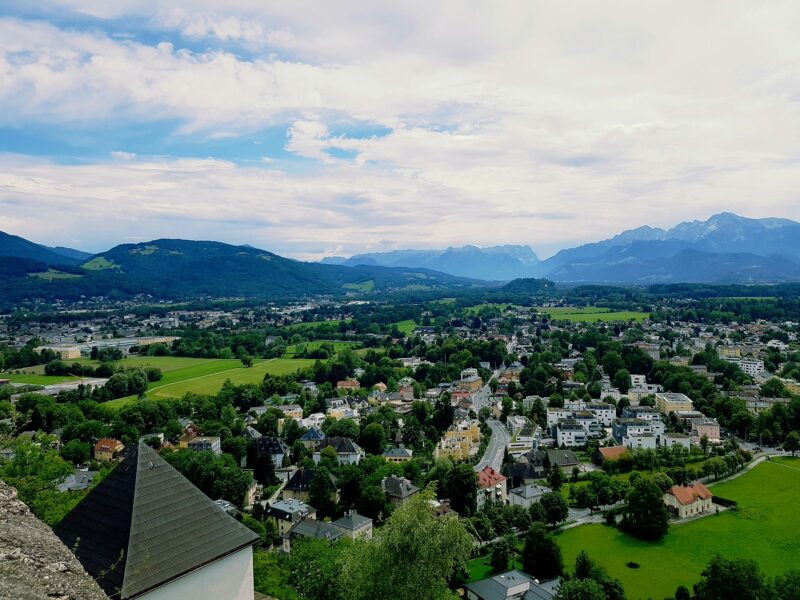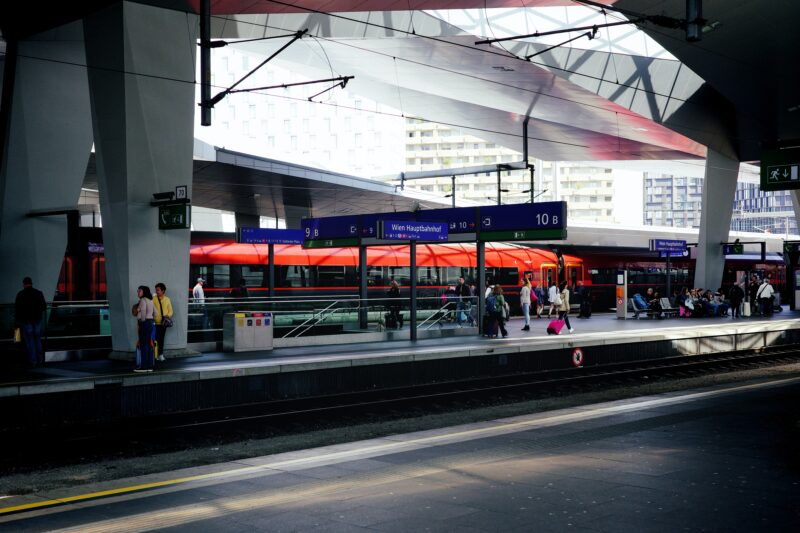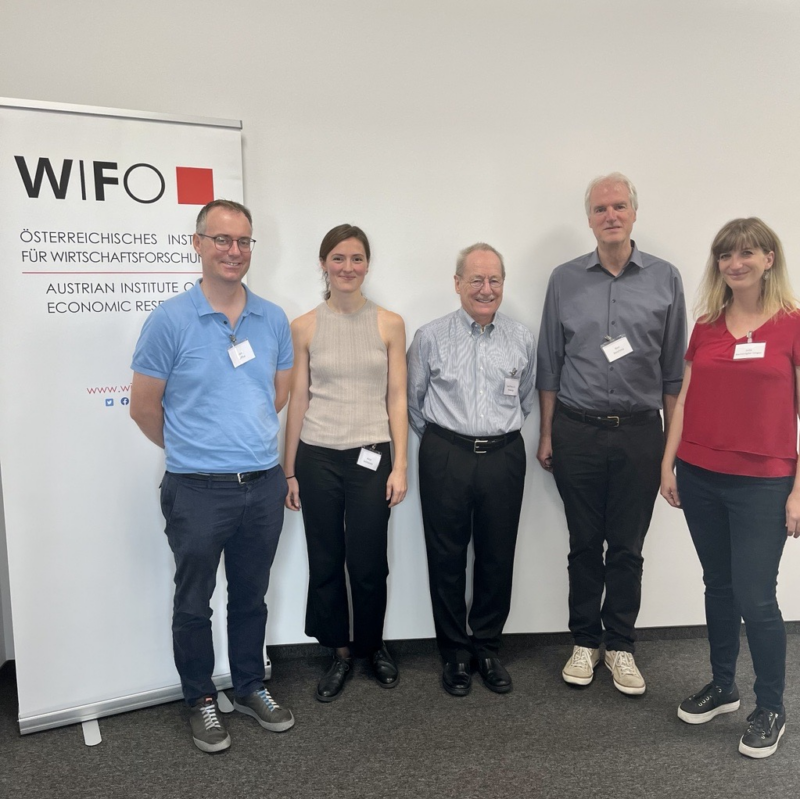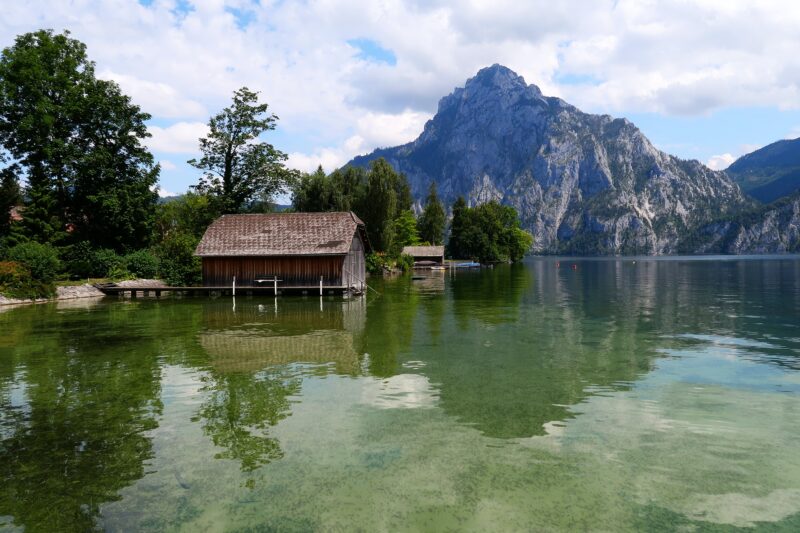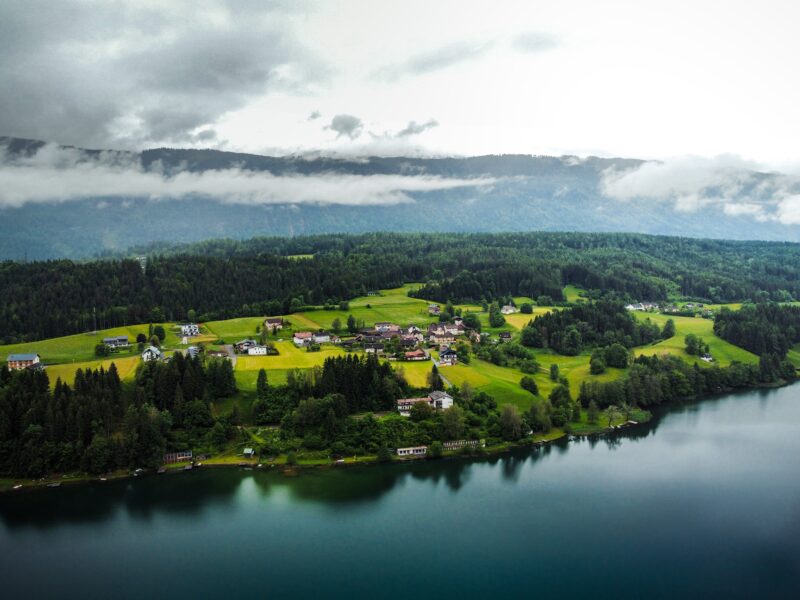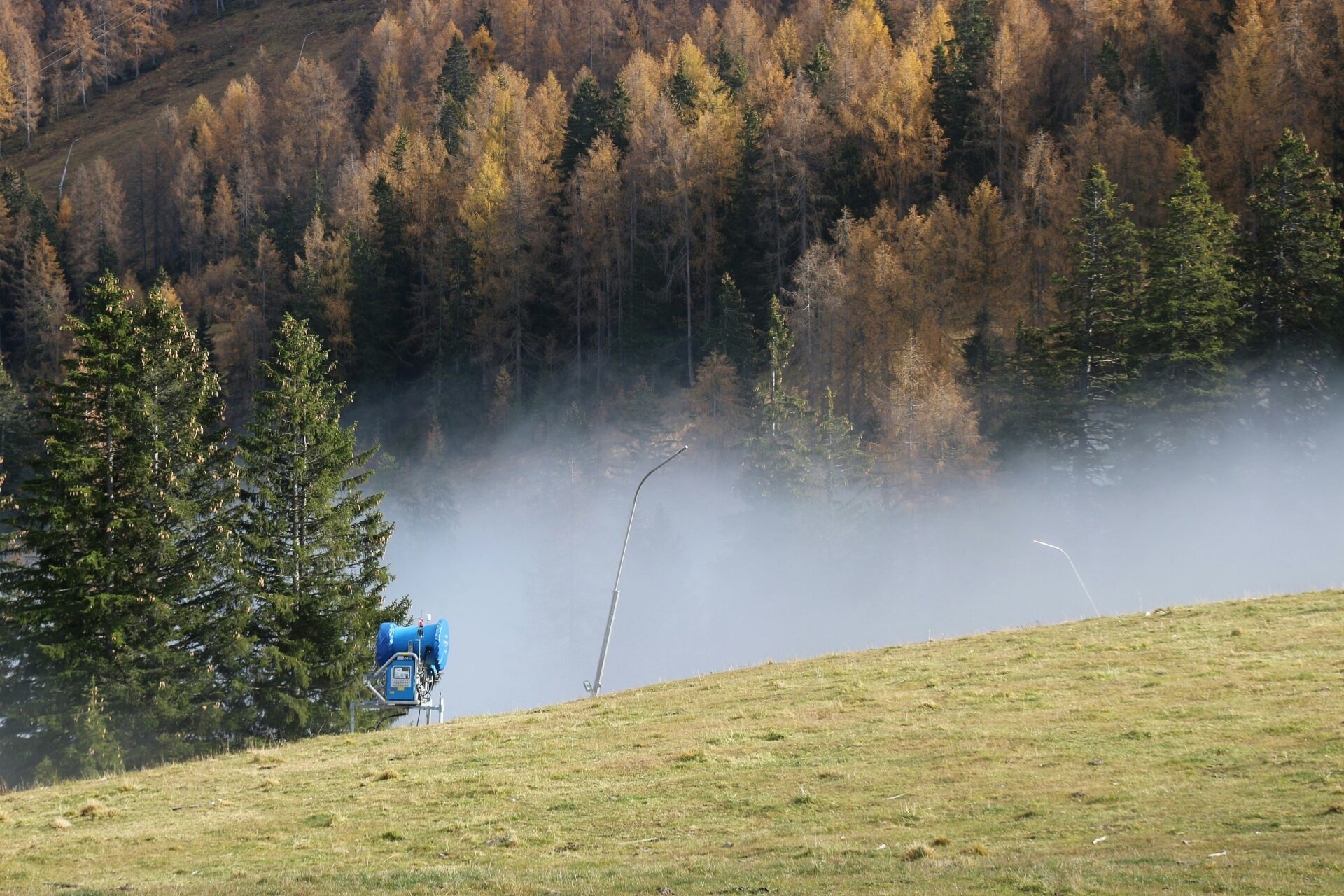
Challenges of Alpine Winter Tourism in Austria
Alpine winter tourism is one of the cornerstones of the Austrian tourism industry. Supply and demand for skiing vacations have developed positively over the past decades, making Austria one of the few countries in Europe to have two seasons of almost equal value. However, tourism in the Alpine regions faces major challenges. If they are not overcome, this will have a negative impact on the national economy, but even more so on regional economies: climate change in particular, but also demographic changes and increasing costs, which go hand in hand with rising prices, are forcing an adjustment on the supply side. As a result, a shift in demand towards the summer and shoulder seasons is also to be expected. Climate change is also likely to influence the seasonal distribution of tourism demand – the low seasons and the summer season will become more important. Therefore, they offer the greatest opportunities for Alpine destinations to maintain a sufficient economic basis in the future.
The biggest challenge for Alpine winter tourism is climate change, which will bring about a considerable need for adaptation in destinations currently specialising in Alpine winter sports. In order to retain at least some of the guests in a warmer climatic future with less snow, the existing offers must be diversified and adapted to the new conditions. This need for adaptation will be particularly important for ski resorts at lower altitudes, while ski resorts at higher altitudes will be less affected by climate change. However, the increasing melting of glaciers and permafrost will also pose challenges for such ski resorts.
As a result of climate change and demographic changes, the number of active Alpine winter sports enthusiasts is likely to shrink. Further, the higher technical costs for snowmaking will also be reflected in prices, which could also have a negative impact on demand.
Prices in Austria's accommodation and gastronomy sectors have already risen relatively sharply in international comparison, meaning that the Austrian tourism industry – in both winter and summer – is increasingly scoring points with quality rather than low prices. As the continuing high demand for winter vacations in Austria's mountains confirms, guests appreciate the quality of the offering and come despite rising prices; whether this will remain the case in the future with further rising costs and thus even higher prices as well as poorer snow conditions remains to be seen.
The tourism industry, like other sectors, must make every effort to limit climate change. Climate protection efforts in tourism must prioritise travel to and from the destination and local mobility. With regard to the guest structure, local markets should be prioritizsed, as travelling by plane is many times more emission-intensive than by car or train. Climate protection efforts, which focus on climate-friendly arrival and departure of guests, must be intensified. Offers aimed at extending the length of stay also reduce transport-induced emissions.
Please contact








